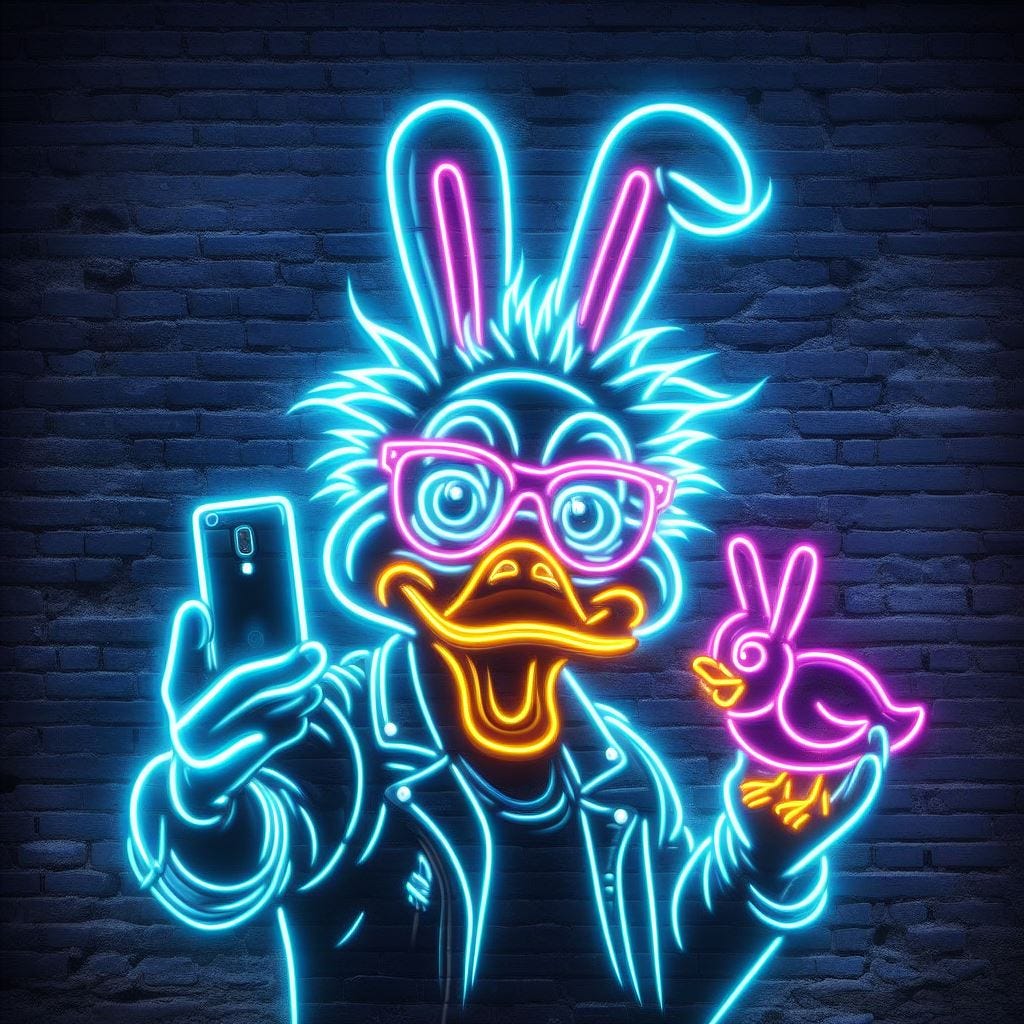the blur as a technique in the methodology space
like learning to draw, like tasting ingredients
I may write about the blur as a state of mind, or perhaps it is better to say, a state of attention. See intention.
Re-written and re-posted at: whyweshould.loofs-samorzewski.com in September 2025.When I was born in the 1960s it was a time when some people’s creative energy was spent seeking out and justifying “altered states of mind”, which usually involved various psychoactive substances. So culturally, in reent times I am familiar with, when talking about states of consciousness it is this frame that is generally assumed, such that states of mind that do not require or assume the use of drugs are not readily recognised. All those varieties are normal. Too normal, boring. Now of course we microdose them substances in order to be normal.
This is the frame in which creativity and madness might be seen in true genius. Useful when boosting some peeps as shamanic artistic heroes. When structures fool us by selling us aspirations of individual greatness.
As part of this exploration of consciousness raising in the cultmarket of the 1970s there was developed a new-agey therapy based on the opposite notion, called Neuro linguistic programming, which is perhaps more like prayer + bad neurology. )Possibly not as bad an scientology’s engrams…)
Imbetween there are various psychiatric and psychological practices which try to use science and (self)talk in various degrees. Not all successfully, not all failurefully. It’s tricky.
If I put all that to one side and look at various Buddhist traditions which have a very long history dealing with mindward inquiry and experience, which while they usually involve some sort of soteriological efforts, at least for the self by the self with or without a devoteeist frame, the attention to the mind’s wayward fretting is an issue pursued.
So when I talk about a blur here it relates to these three points of the discourses as to what the blur is not, but with a nod to Buddhist tradition’s traditions.
What I offer in the blur is not a therapy, nor a relief. It’s not a salve, it’s more like a skill like learning to draw.
Drawing requires a mindward notice, and practised effort to pay attention to what one sees, rather than what one symbolises with visual short-cuts, we head into pictogramic territory very readily, and then graphically re-playing the attended scene flat into 2 dimensions.
I offer a way to pay attention to to what one thinks, rather than what one habituates in thought, and have it remain in notice, there in mind, not down on paper. To just hold it…
One blurs in order to avoid over-determinations, to avoid that clarity which fixates in chaos-inducing regularity. One blurs in order to re-draw one’s own mind while maintaining intention. To encourage that moment before the new metaphor arises, and which allows it to arises. That attention.
That moment we scoot over too quickly to the other side, too quick to move on and enjoy the beauty of a keenly cut new metaphor, but instead, hang there undecided, suspending judgment, indeed suspending creativity, in order to breathe into the world, and let it go.
New pathways may emerge, but prayer cannot guarantee it. Drugs may thrown your connections out of whack, into webs networkd brilliantly, but what if they never come into focus. Madness can never judge itself mad, it cannot blur, for madness often seeks a certainty of it cures, that might be a cruse to others, but it is a certainty in mind that disrupts mad’s worlding. Madness cannot breathe.
The blur seeks to learn with an open mind that can world itself well.
It allows itself to not choose between the rabbit and the duck, it might not see both at once, it might not see neither at once, but you might oscillate enough to see a potential, and so, perhaps thus the dead certainty is suspended, one can imagine better options to re-tool, to re-purpose, or to just be able to reject the madness.
If you do not like the drawing analogy, then try this one: The blur is an intentional effort to keep things at bay, from falling into place without losing yourself, your intention. Your attention is now your guide to keep ‘it’ at the tip of you tongue while you tumble the other ingredients around in your mouth, even if the other ingredients is just the hunger in your belly.
(don’t try to hard to force it)
Re-written and re-posted at: whyweshould.loofs-samorzewski.com in September 2025.




